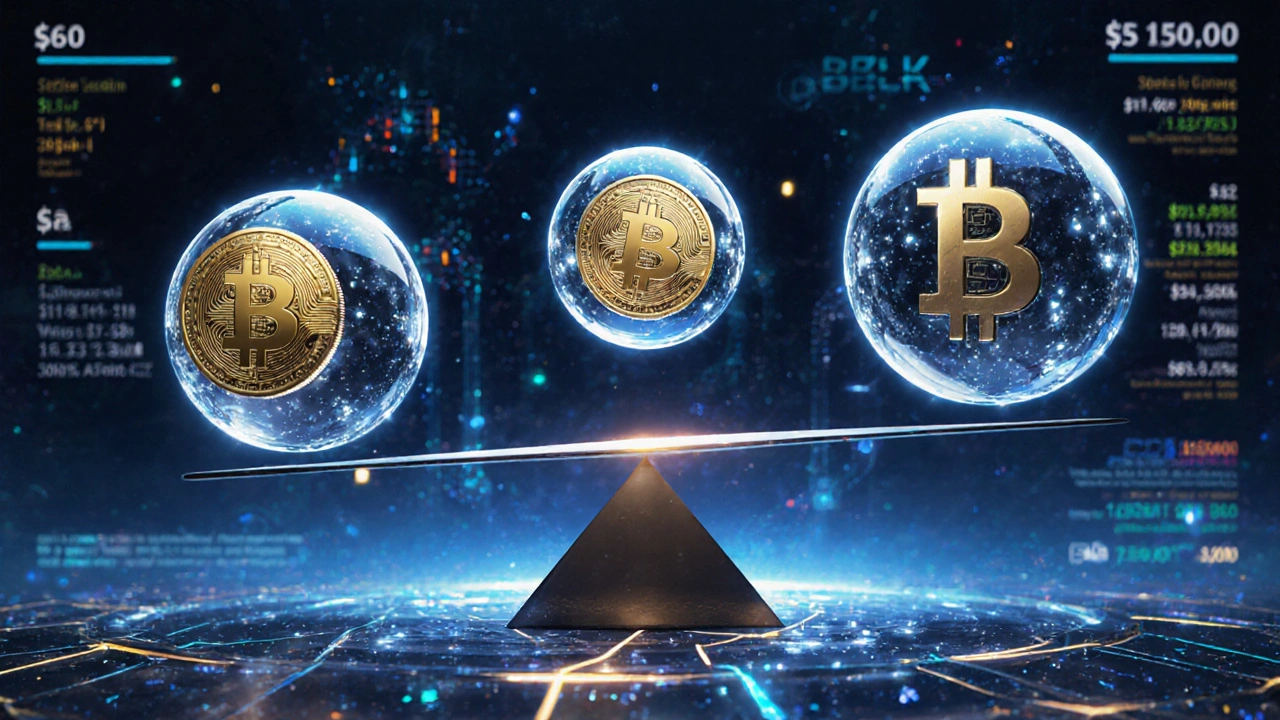Curve Finance: What It Is and How Decentralized Exchanges Work in Crypto
When you trade crypto without a bank or middleman, you’re using a decentralized exchange, a platform that lets users swap digital assets directly through smart contracts, without relying on a central company to hold their money. Also known as a DEX, it’s the backbone of modern crypto trading—keeping control in your hands and reducing the risk of hacks or shutdowns. Curve Finance is one of the most popular DEXs, but it doesn’t try to do everything. Instead, it focuses on one thing: swapping stablecoins like USDC, DAI, and USDT with almost no slippage and tiny fees. That makes it the go-to tool for traders who want to move between stable assets quickly and cheaply—whether they’re earning yield, hedging, or just avoiding volatility.
Unlike general DEXs like Uniswap, which handle all kinds of tokens, Curve Finance is built for assets that are meant to stay worth the same—like $1. It uses a special algorithm that keeps prices stable during trades, so you don’t lose a few cents every time you swap. This design is why big DeFi projects use Curve to move funds between their own systems without losing value. It’s also why you’ll see it linked to lending platforms, yield farms, and even wallets that want to keep your money steady. The underlying tech? blockchain, a distributed ledger that records every transaction across many computers, making it nearly impossible to alter or fake. Also known as distributed ledger, it’s what keeps Curve’s trades secure and transparent, even when no one is watching. And because Curve runs on Ethereum and other chains like Polygon and Arbitrum, it’s fast, cheap, and accessible to anyone with a wallet.
People use Curve Finance not to get rich overnight, but to keep their crypto working quietly in the background. If you’ve ever heard of liquidity pools, automated market makers, or yield farming, you’ve seen Curve in action. It’s not flashy, but it’s essential—like the quiet engine behind a luxury car. You won’t notice it unless something breaks. And when you do need to swap your USDC for DAI without paying $5 in fees, you’ll be glad it’s there.
Below, you’ll find real-world posts that connect Curve Finance to broader topics in crypto, blockchain, and how digital systems actually work. From how distributed ledgers keep records safe to what makes a DEX different from a regular exchange, these articles give you the context you need to understand not just Curve, but the whole system it lives in.

Stablecoin Liquidity Pools: How Curve Finance Minimizes Slippage on DEXs
Caleb Drummond Nov 17 14Curve Finance dominates stablecoin trading with near-zero slippage, thanks to its specialized algorithm. Learn how it outperforms Uniswap, how to earn yields safely, and the risks behind the math.
More Detail